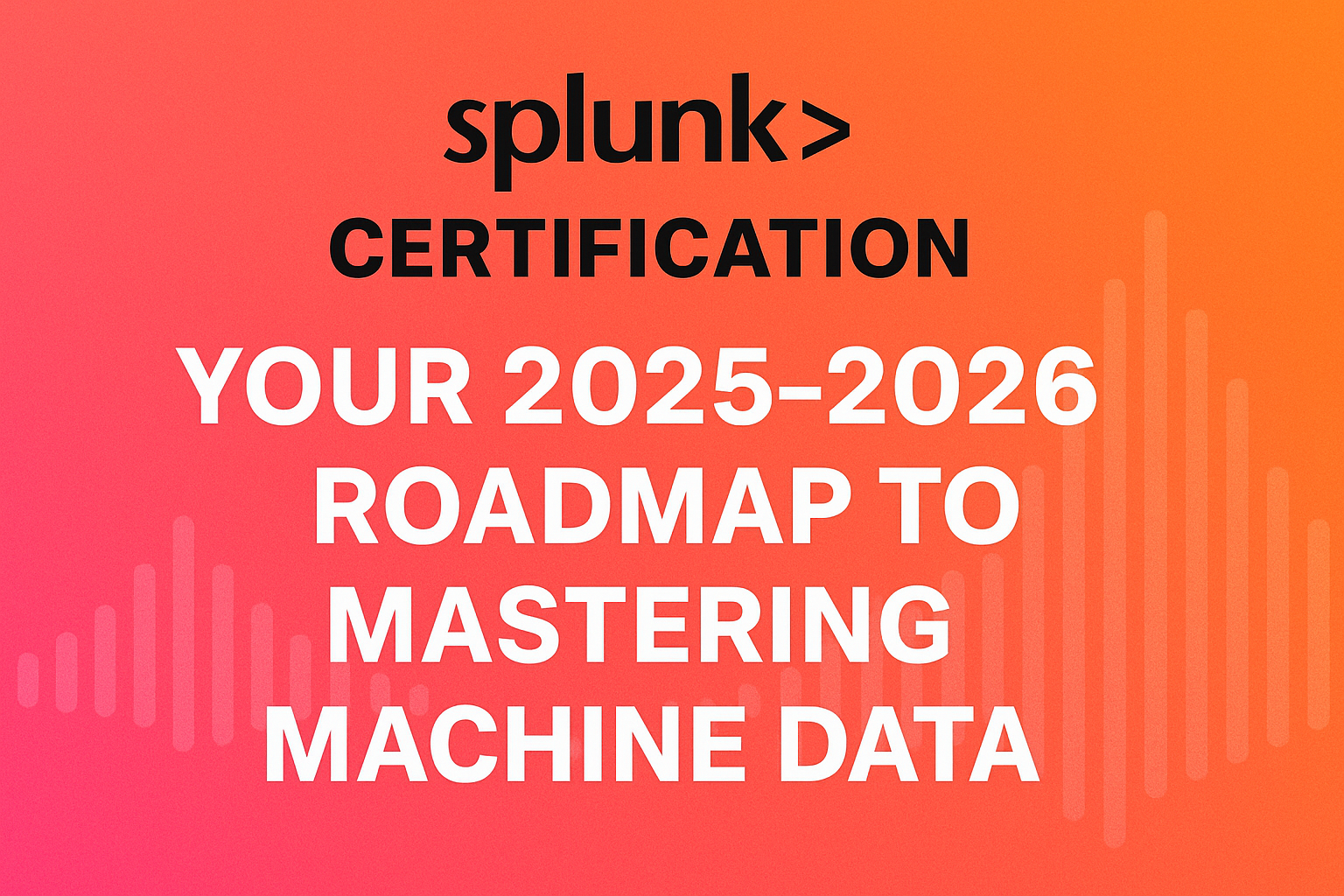
Every click, every transaction, and every interaction in our digital world generates data. This relentless flood of information, known as machine data, can be overwhelming. Yet, within this chaos lies the key to understanding application performance, identifying security threats, and making critical business decisions. The challenge isn't the lack of data; it's making sense of it. This is where Splunk emerges as a revolutionary force, and achieving a Splunk Certification is your ticket to mastering this powerful technology.
This guide provides a comprehensive overview of Splunk, from its fundamental concepts to its real-world applications. More importantly, it illuminates the path to obtaining a Splunk Certification, a credential that validates your expertise and significantly enhances your career prospects in the data-driven landscape.
What is Splunk?
Splunk is a powerful software platform for searching, monitoring, and analyzing machine-generated data in real-time. It captures, indexes, and correlates data in a searchable repository from which it can generate graphs, reports, alerts, dashboards, and visualizations.
Think of it as a search engine for the machine data generated by all your organization's technology infrastructure, security systems, and business applications. Whether it's a log file from a web server, a security alert from a firewall, or performance metrics from an application, Splunk can ingest it all. This ability to make vast amounts of complex data searchable and understandable is what makes Splunk an indispensable tool for thousands of companies worldwide, including a majority of the Fortune 100.
History of Splunk
Founded in 2003 by Michael Baum, Rob Das, and Erik Swan, Splunk was born from a simple yet profound question: "Why is it so easy to search the internet but so hard to search your own data center?" The name "Splunk" itself is a nod to "spelunking," the hobby of exploring caves, which serves as a metaphor for delving deep into the caverns of machine data.
From its initial release, Splunk has evolved from a log management tool into a comprehensive "Data-to-Everything" platform. It now incorporates artificial intelligence, machine learning, and advanced analytics to provide predictive insights and automate responses, solidifying its position as a leader in IT Operations, Security Information and Event Management (SIEM), and Observability.
Why Organizations Use Splunk
Organizations adopt Splunk to gain Operational Intelligence. They move from a reactive state—fixing problems after they occur—to a proactive one, where they can anticipate and prevent issues before they impact users.
- Unified Data Visibility: Splunk breaks down data silos. Instead of having separate tools for security, IT operations, and application monitoring, Splunk provides a single, unified view across the entire technology stack.
- Faster Troubleshooting: When an application fails or a server goes down, the Mean Time to Resolution (MTTR) is critical. Splunk allows engineers to search logs and metrics from multiple systems in one place, drastically reducing the time it takes to diagnose and resolve issues.
- Enhanced Security Posture: By correlating data from firewalls, servers, and endpoint devices, Splunk helps security analysts detect malicious activity, investigate incidents, and respond to threats in real time.
- Informed Business Decisions: The insights derived from machine data are not just for IT. Marketing teams can analyze web traffic patterns, and product managers can monitor feature adoption, all using data processed by Splunk.
- Compliance and Auditing: Many industries have strict regulatory requirements for data retention and reporting. Splunk automates the collection and reporting of compliance data, making audits less painful and ensuring adherence to standards like PCI DSS, HIPAA, and SOX.
Core Features of Splunk
Splunk's power lies in its rich set of features designed to handle every stage of the data journey, from collection to visualization.
Data Ingestion, Indexing, and Search
- Data Ingestion: Splunk can ingest any type of text-based data from virtually any source: log files, system metrics, network traffic, cloud service APIs, scripts, and more. It uses "Universal Forwarders," lightweight agents installed on source machines, to send data to the Splunk instance.
- Indexing: Once data is ingested, Splunk parses it and stores it in indexes. Unlike traditional databases that require a predefined schema, Splunk uses a "schema-on-the-fly" approach. This means it structures the data during search time, offering incredible flexibility to work with unstructured and multi-line data.
- Search: At the heart of Splunk is the Search Processing Language (SPL). SPL is a powerful and intuitive query language that allows users to search, filter, enrich, and manipulate data. You can perform statistical calculations, find correlations between different data sources, and visualize results with a few commands.
Log Management and Analysis
Splunk started as a log analysis tool, and this remains a core strength. It centralizes logs from disparate sources, making it easy for administrators to search for specific error codes or trace a user's activity across multiple systems without having to log into each machine individually.
Real-Time Monitoring and Alerting
Splunk isn't just for historical analysis. It can monitor data in real time as it's ingested. Users can create alerts based on specific search criteria. For instance, an alert can be triggered if CPU usage on a critical server exceeds 95% for more than five minutes or if there are more than ten failed login attempts for a single user account within a minute.
Dashboards and Visualization
Data is most useful when it's easy to understand. Splunk provides a robust dashboarding and visualization engine. Users can create interactive dashboards with charts, graphs, maps, and single-value visualizations to display key performance indicators (KPIs) and trends. These dashboards can be shared across teams, providing everyone from an IT operator to a C-level executive with the insights they need.
Security and Threat Detection Features
Splunk is a cornerstone of modern Security Operations Centers (SOCs). With its security-focused applications like Splunk Enterprise Security (ES), it functions as a powerful SIEM solution. Security teams use it to:
- Identify and prioritize threats.
- Conduct forensic investigations.
- Monitor for indicators of compromise (IoCs).
- Automate security responses with Splunk SOAR (Security Orchestration, Automation, and Response).
Integration with Third-Party Tools
Splunk's utility is amplified by its extensibility. Through the Splunkbase app store, users can find thousands of apps and add-ons that facilitate integration with other tools and data sources. There are pre-built integrations for AWS, Microsoft 365, ServiceNow, and many other popular platforms, allowing for a seamless flow of data and insights across the entire software ecosystem.
Use Cases of Splunk
Splunk's flexibility allows it to be applied to a wide range of use cases across an organization.
IT Operations Monitoring
This is one of the most common use cases. IT teams use Splunk to monitor the health and performance of servers, networks, and infrastructure. By monitoring system logs, CPU/memory usage, and network latency, they can proactively identify and resolve issues, ensuring system availability and performance.
Cybersecurity and Threat Intelligence
Splunk is a leader in the cybersecurity space. Security analysts use it for real-time threat detection, incident investigation, and response. By correlating login data, network traffic, and endpoint security logs, they can piece together the full story of a security incident and quickly contain the threat.
Compliance and Auditing
Splunk helps organizations meet regulatory compliance requirements. It provides a tamper-proof, auditable trail of all activity. For example, a financial institution can use Splunk to monitor and report on access to sensitive customer data, proving compliance with regulations like GDPR or PCI DSS.
Application Performance Monitoring (APM)
Developers and DevOps teams use Splunk to monitor the performance of their applications. By analyzing application logs and traces, they can identify slow database queries, code-level errors, and performance bottlenecks, leading to a better end-user experience.
Understanding Splunk's Architecture
To truly appreciate Splunk, it's essential to understand its core architectural components. A typical Splunk deployment consists of three main parts.
Forwarder
A Forwarder is a lightweight Splunk instance installed on a machine where data originates. Its job is to collect data locally and send it to a central Splunk Indexer. There are different types, but the most common is the Universal Forwarder, which has a minimal footprint and is designed for scalability.
Indexer
The Indexer is the workhorse of the Splunk architecture. It receives the data from the forwarders, processes it, and stores it in indexes on disk. Indexing is the process that makes data searchable. The Indexer also handles search requests sent from the Search Head. In larger environments, multiple indexers are often clustered for redundancy and performance.
Search Head
The Search Head is the component that users interact with. It provides the graphical user interface (GUI) for searching, creating reports, and building dashboards. When a user runs a search, the Search Head sends the request to the indexers, which perform the search on their local data. The Search Head then consolidates, formats, and presents the results back to the user.
Other Components
- Deployment Server: Manages and distributes configurations to the fleet of forwarders.
- License Manager: Manages Splunk software licenses.
- Cluster Manager: In a clustered environment, this component coordinates the activities of the indexers.
Elevate Your Career with Splunk Certification
Understanding Splunk is one thing; proving your expertise is another. A Splunk Certification is a globally recognized credential that validates your skills and knowledge of the Splunk platform. It demonstrates to employers that you have the hands-on ability to manage and leverage Splunk to deliver powerful business insights.
Navigating the exam process can feel daunting. The pressure to perform, the vast amount of material to cover, and the fear of failure are common stressors for any aspiring certified professional. This is where strategic preparation becomes your greatest asset. While official training is invaluable, supplementing it with realistic practice exams can make all the difference, transforming anxiety into confidence.
This is precisely why platforms like Certfun's Splunk certification practice exams are essential. By simulating the actual exam environment, they help you identify knowledge gaps, master time management, and get comfortable with the question formats you'll face on test day.
The Splunk Certification Path
The Splunk Certification program is structured in a tiered path, allowing you to progress from fundamental knowledge to expert-level skills. For the most up-to-date information, always refer to the official Splunk training and certification page. Here are some of the core certifications:
- Splunk Core Certified User: This entry-level certification is for users who can search, use fields, create alerts, and use lookups in the Splunk platform. It's the foundation for all other certifications.
- Splunk Core Certified Power User: Building on the User certification, this level is for individuals who are proficient in creating knowledge objects, using advanced reporting commands, and building dashboards.
- Splunk Enterprise Certified Admin: This certification is for administrators who manage Splunk Enterprise environments. Topics include installation, configuration, managing forwarders, and data inputs.
- Splunk Enterprise Certified Architect: This is a top-level certification for professionals who can design, deploy, and manage large-scale, complex Splunk Enterprise environments.
Each certification requires passing a proctored exam. The journey demands dedication, but the rewards—in terms of career opportunities and salary potential—are significant. Investing in your skills through a Splunk Certification is one of the most effective ways to stand out in the competitive IT and cybersecurity job markets. For a full overview of available courses, you can explore Splunk's official training portal.
Conclusion
Splunk is more than just a tool; it's a platform that transforms machine data from a liability into an asset. It provides the visibility and insights that organizations need to innovate, secure their systems, and operate efficiently. In a world increasingly defined by data, the ability to harness its power is a critical skill.
For individuals looking to build a career in data analytics, IT operations, or cybersecurity, mastering Splunk is a strategic move. Pursuing a Splunk Certification is the most definitive way to validate that mastery. It opens doors to new opportunities, higher earning potential, and a place at the forefront of the data revolution. By combining official training with rigorous practice, you can confidently take that next step and become a certified Splunk professional.
FAQs
Q1: Which Splunk certification should I start with?
For beginners, the Splunk Core Certified User is the recommended starting point. It covers the fundamental concepts of searching and navigating in Splunk and is a prerequisite for most higher-level certifications.
Q2: How much does a Splunk certification exam cost?
The cost for most Splunk certification exams is typically around $130 USD per attempt, but this can vary by location and exam type. It's always best to check the official Splunk website for the most current pricing.
Q3: Is the Splunk exam difficult?
The difficulty is subjective and depends on your experience. The exams are designed to be challenging and require both theoretical knowledge and practical, hands-on experience with the Splunk platform. Thorough preparation, including hands-on labs and practice tests, is highly recommended.
Q4: How long is a Splunk certification valid?
Splunk certifications are typically valid for three years from the date you pass the exam. You will need to recertify by passing the exam for that certification again to maintain your credential.
Q5: What is the passing score for the Splunk Core Certified User exam?
While Splunk does not officially publish the exact passing score, it is generally understood to be around 70-75%. Your score report will indicate whether you have passed or failed.
Q6: Are there any prerequisites for the Splunk Enterprise Certified Admin exam?
Yes, to take the Splunk Enterprise Certified Admin exam, you must first hold the Splunk Core Certified Power User certification.
Q7: Where can I find reliable practice exams for my Splunk Certification?
To effectively prepare and build confidence for the actual exam, using a dedicated practice test platform is crucial. Websites like Certfun offer comprehensive practice exams that simulate the real test environment, helping you assess your readiness and focus your studies.


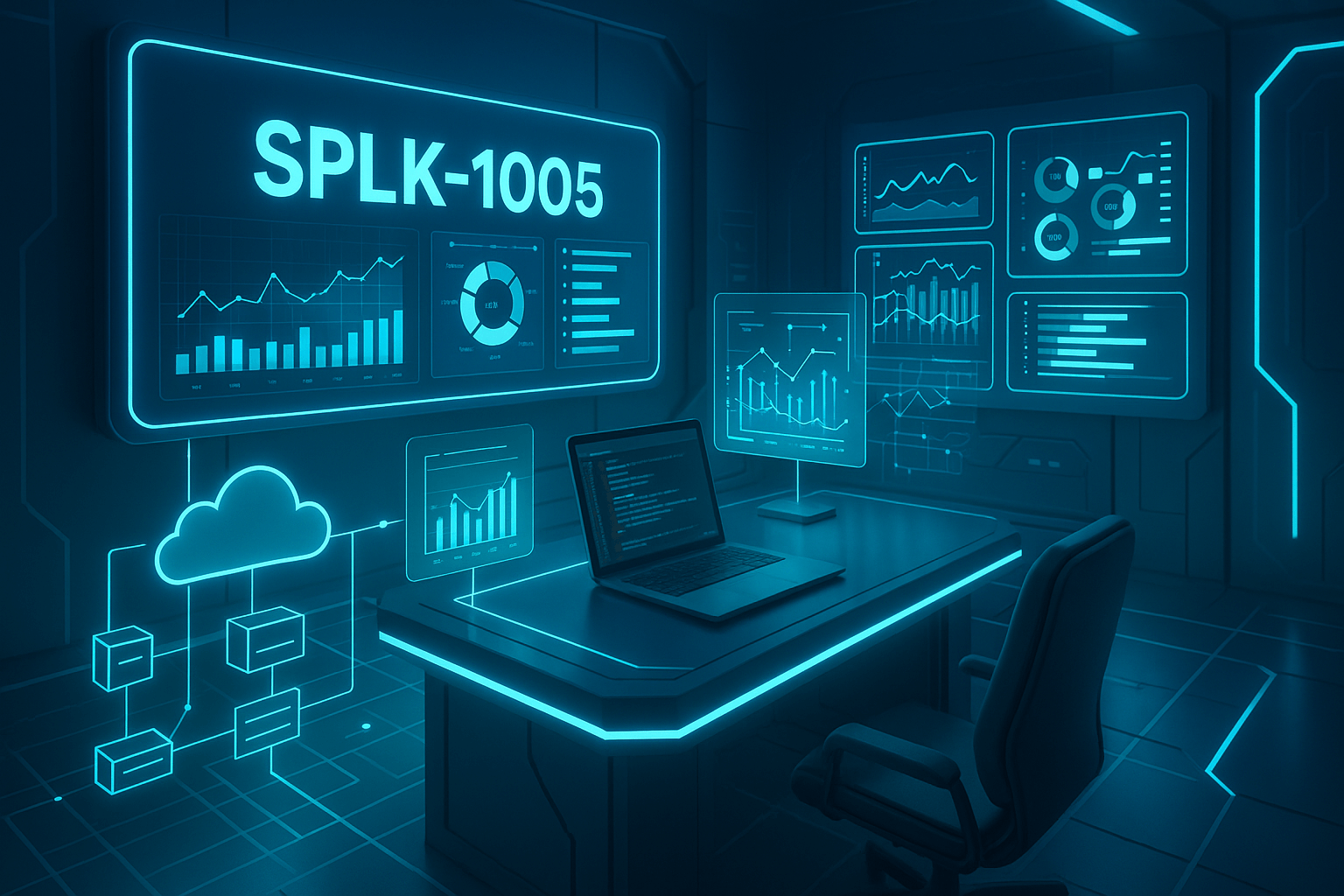
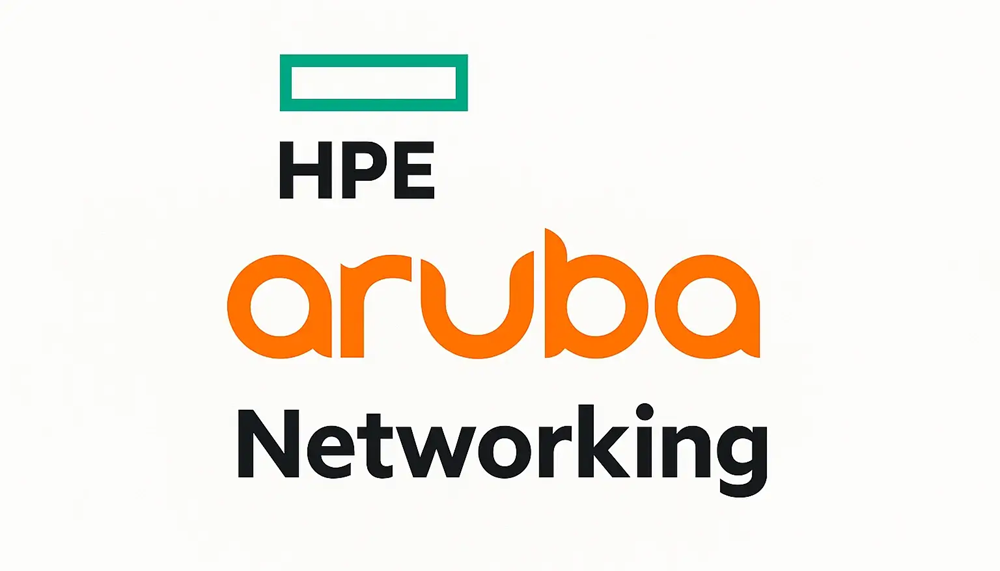
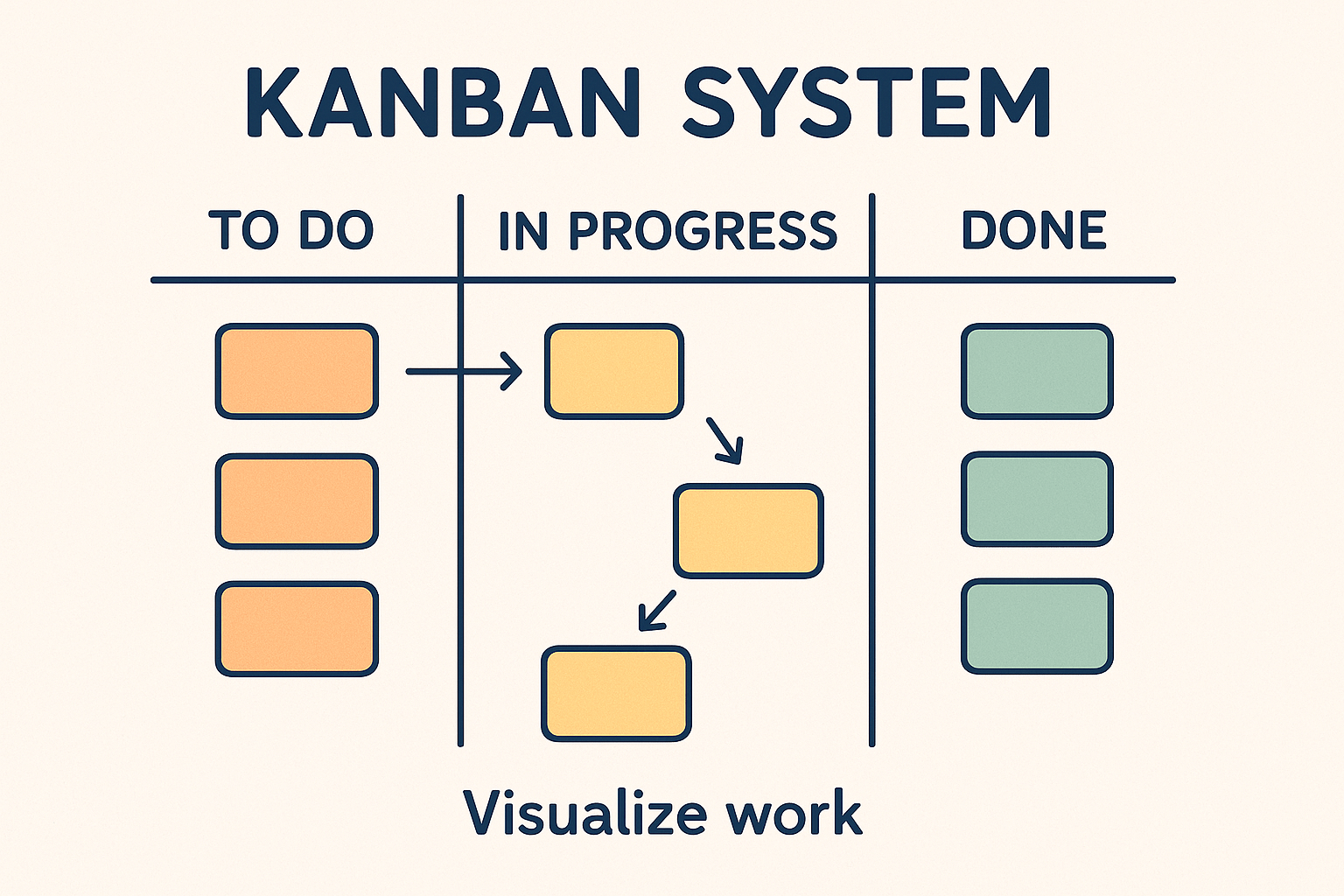

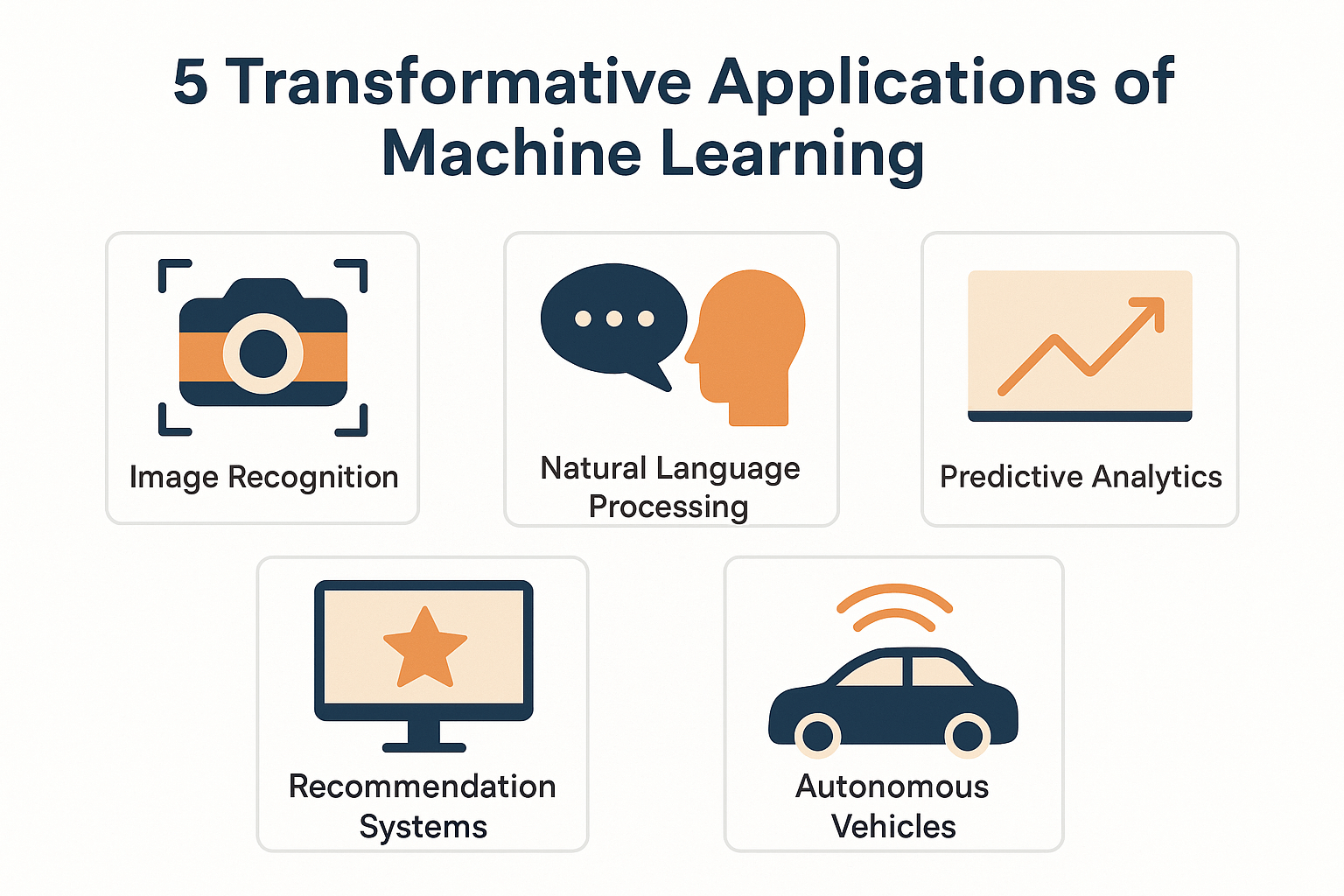
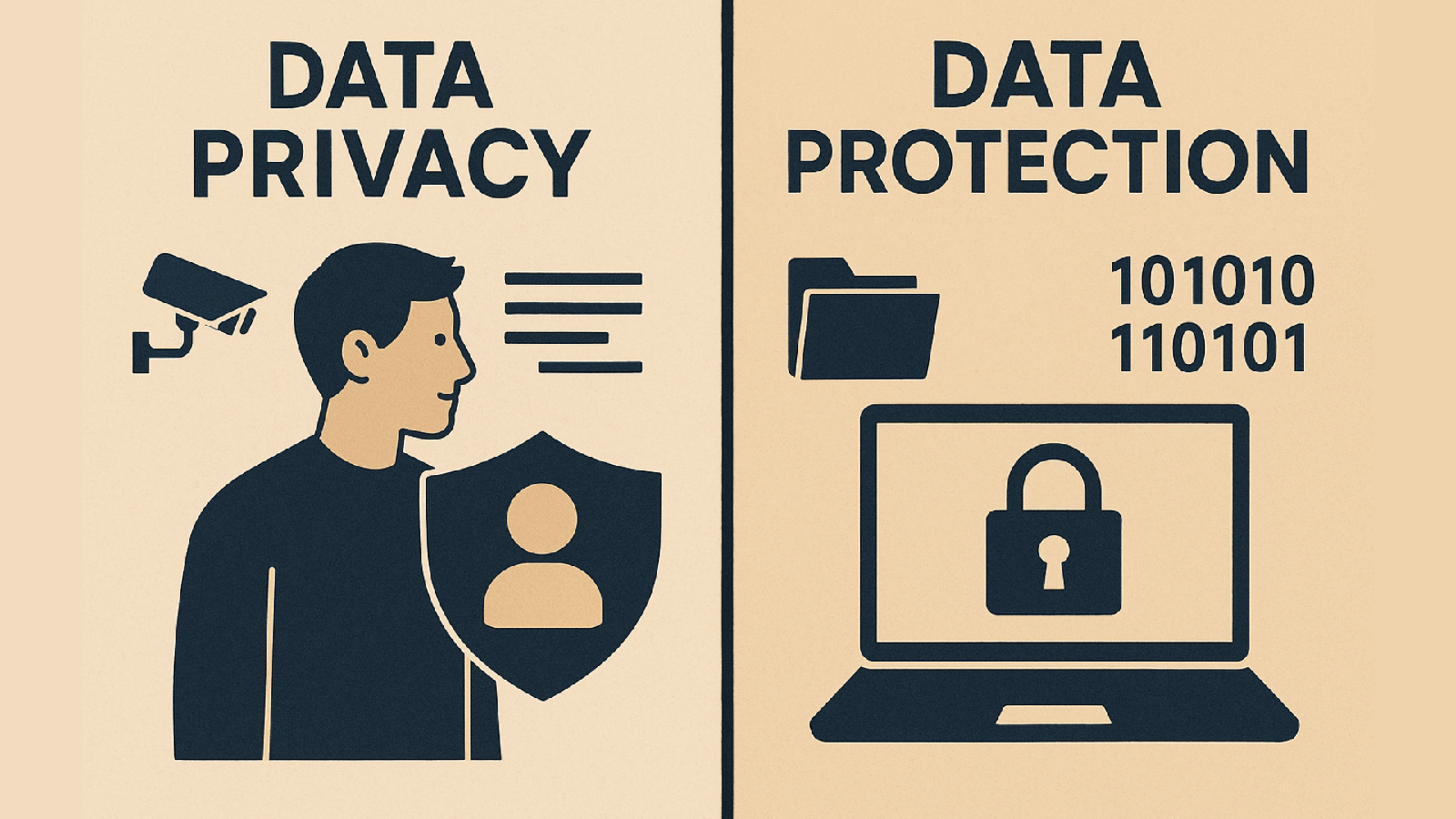

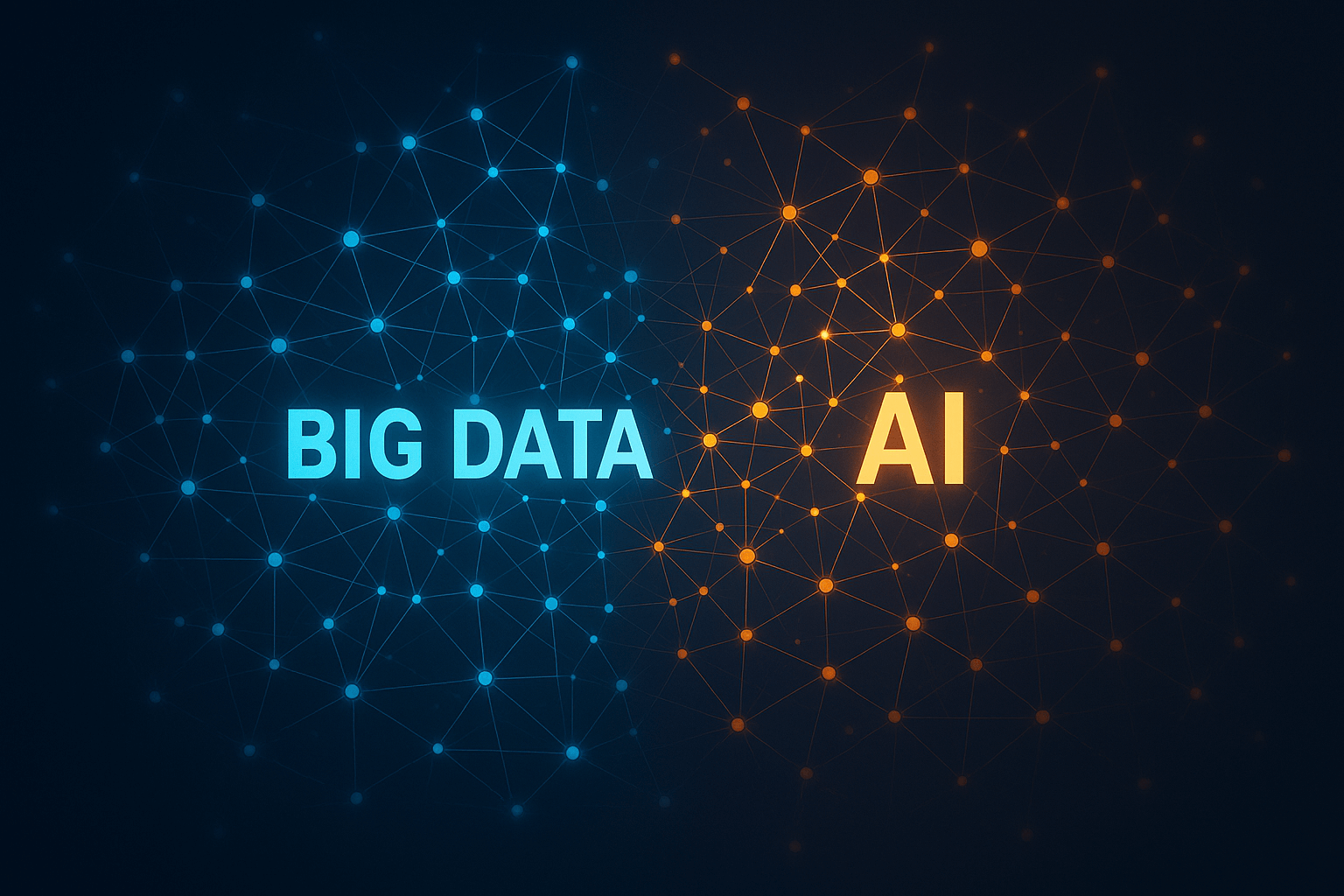
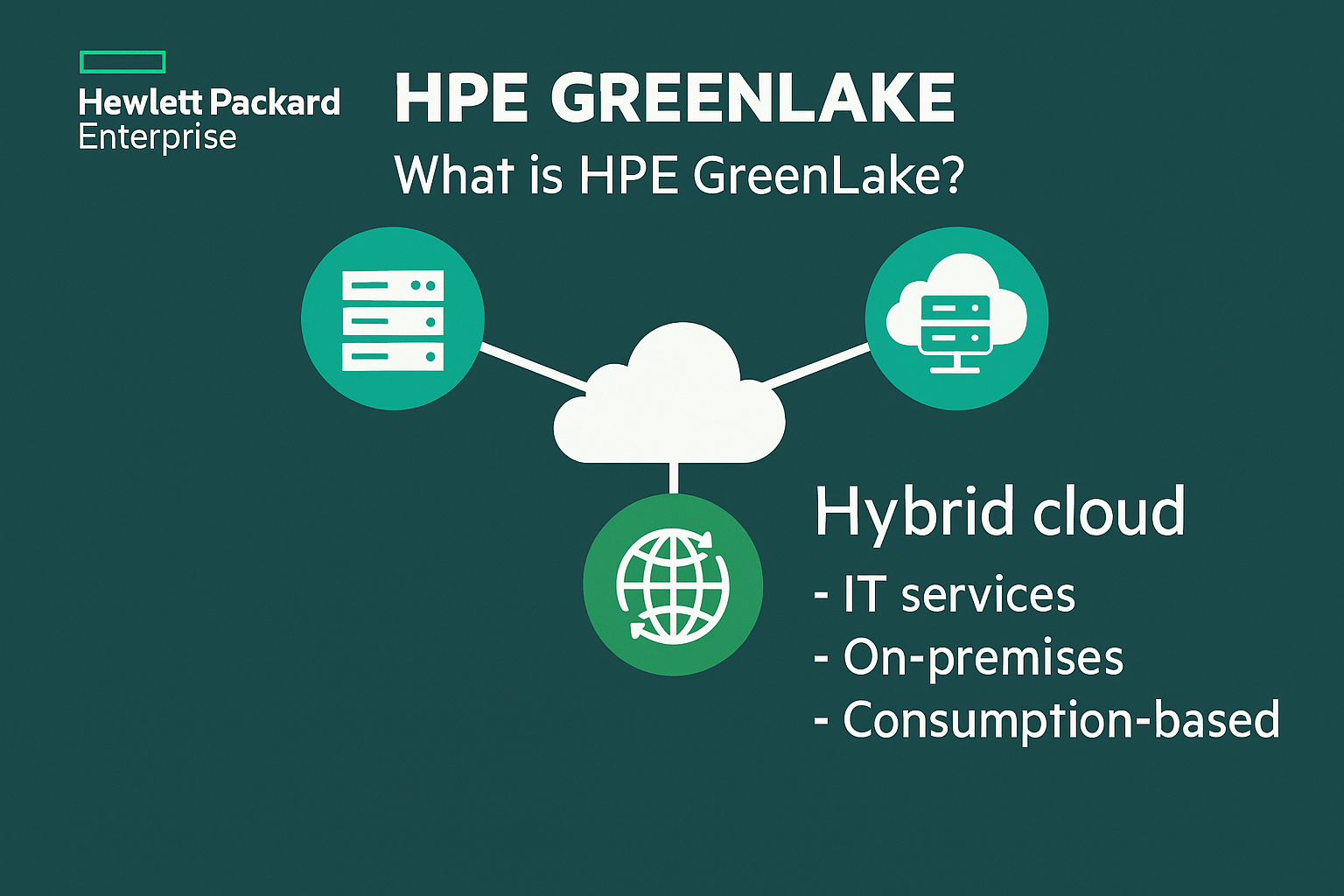

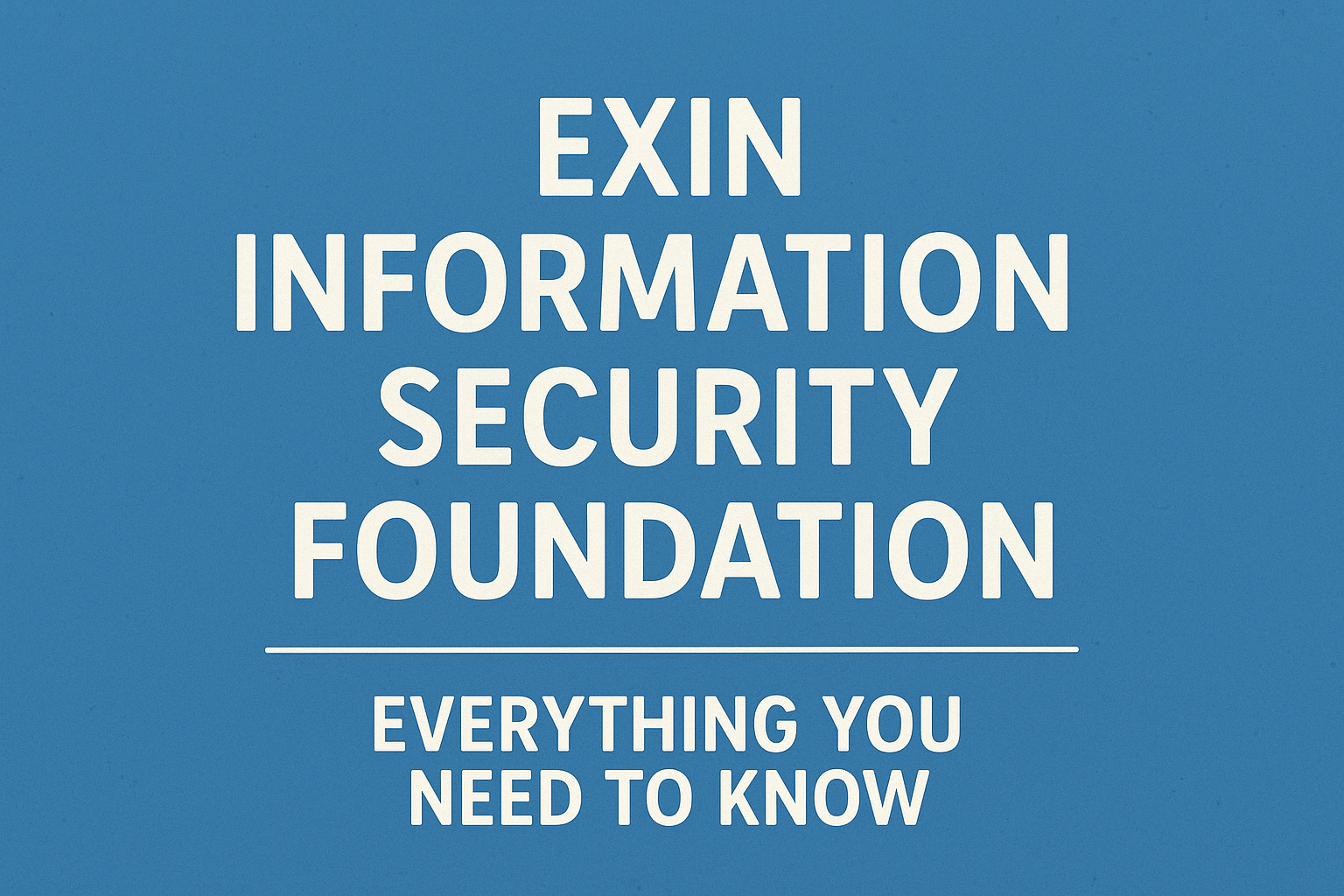


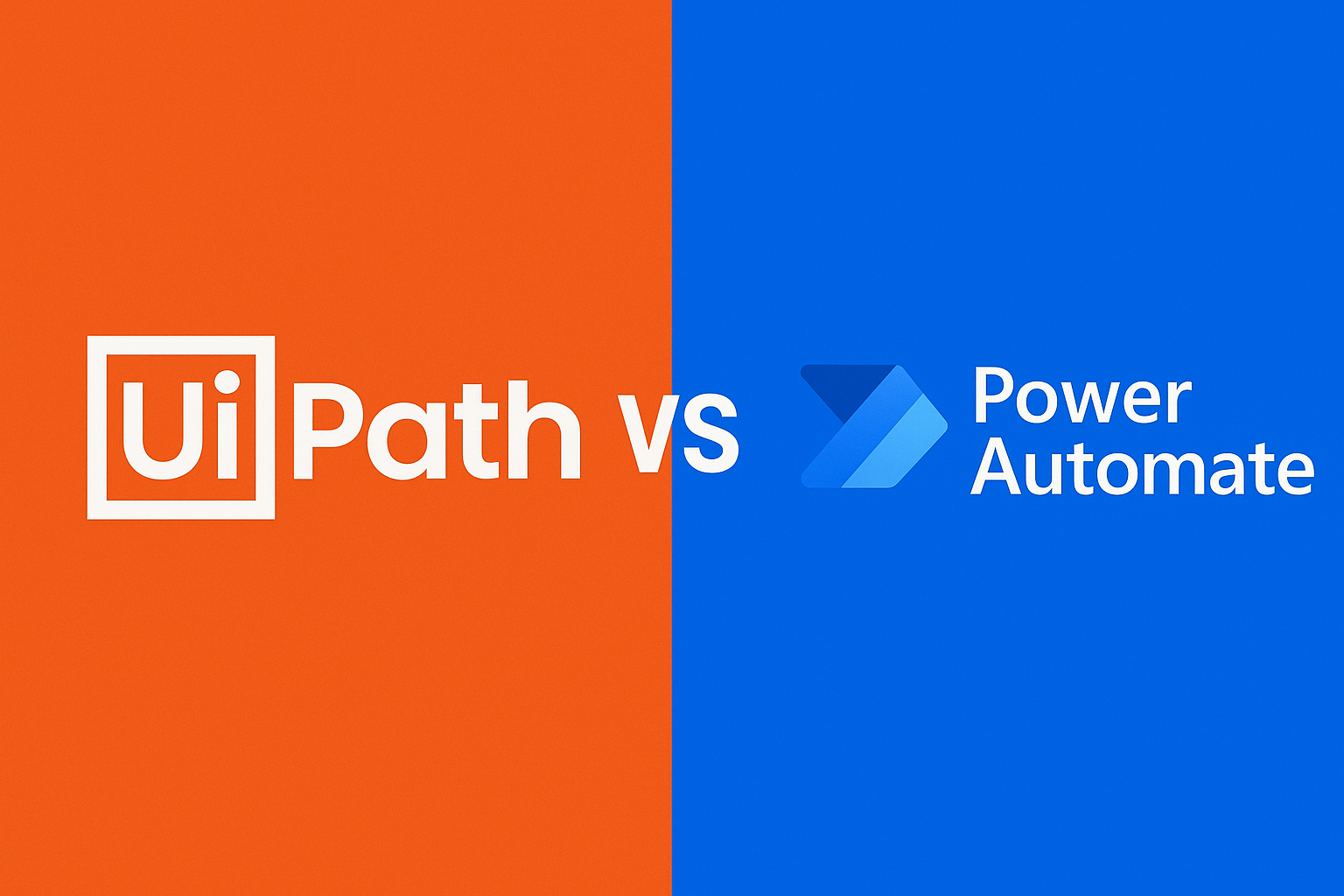
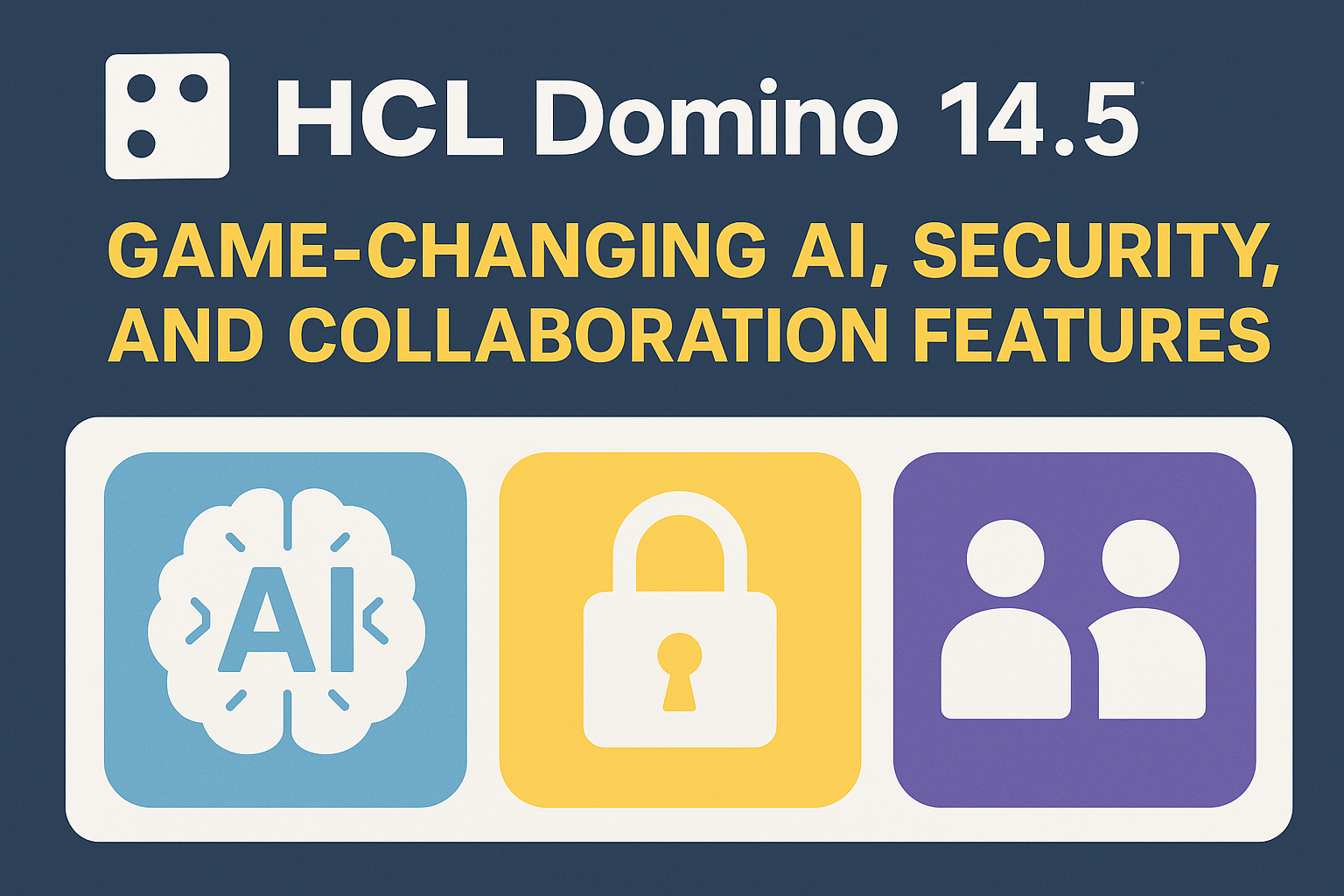

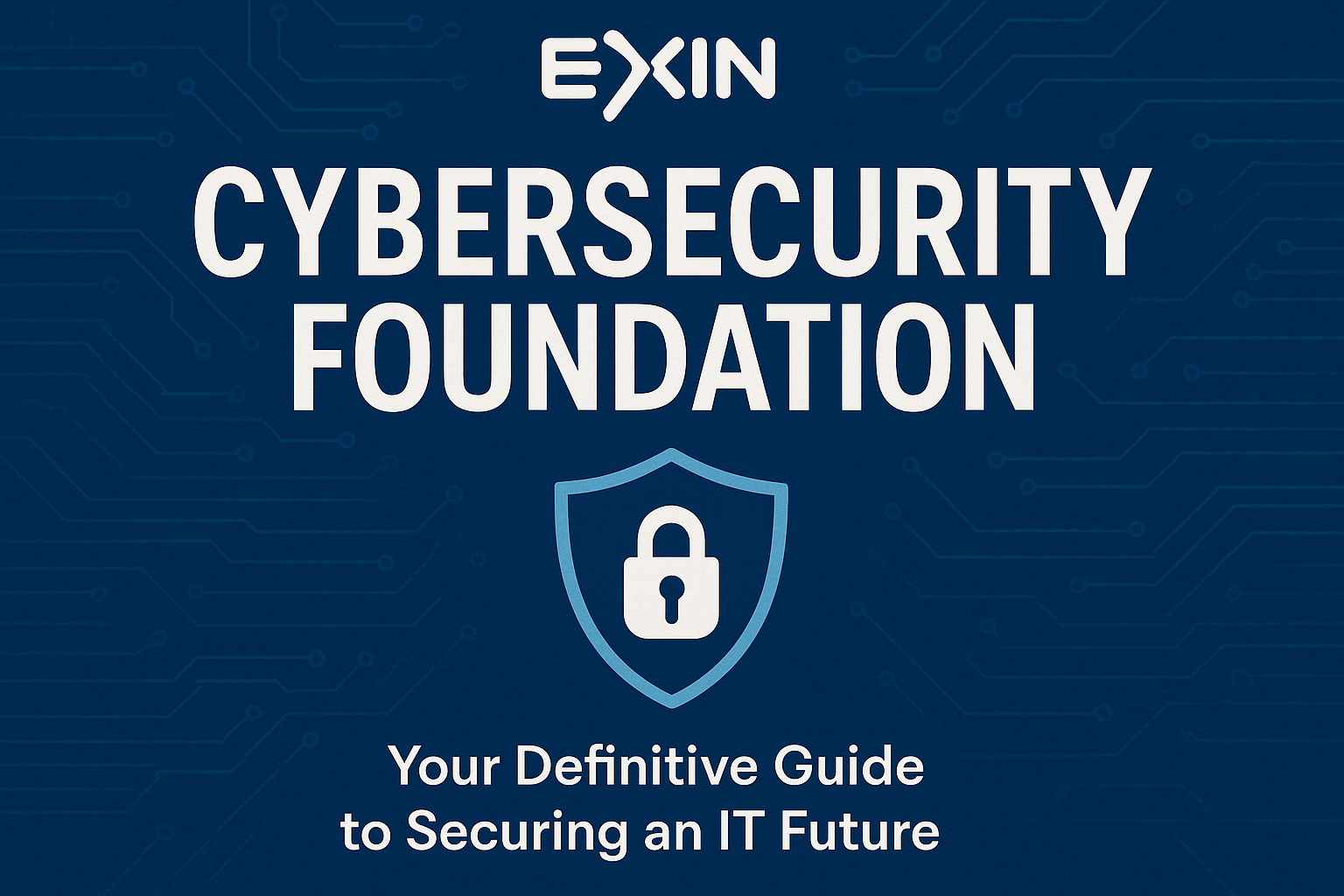

Write a comment ...